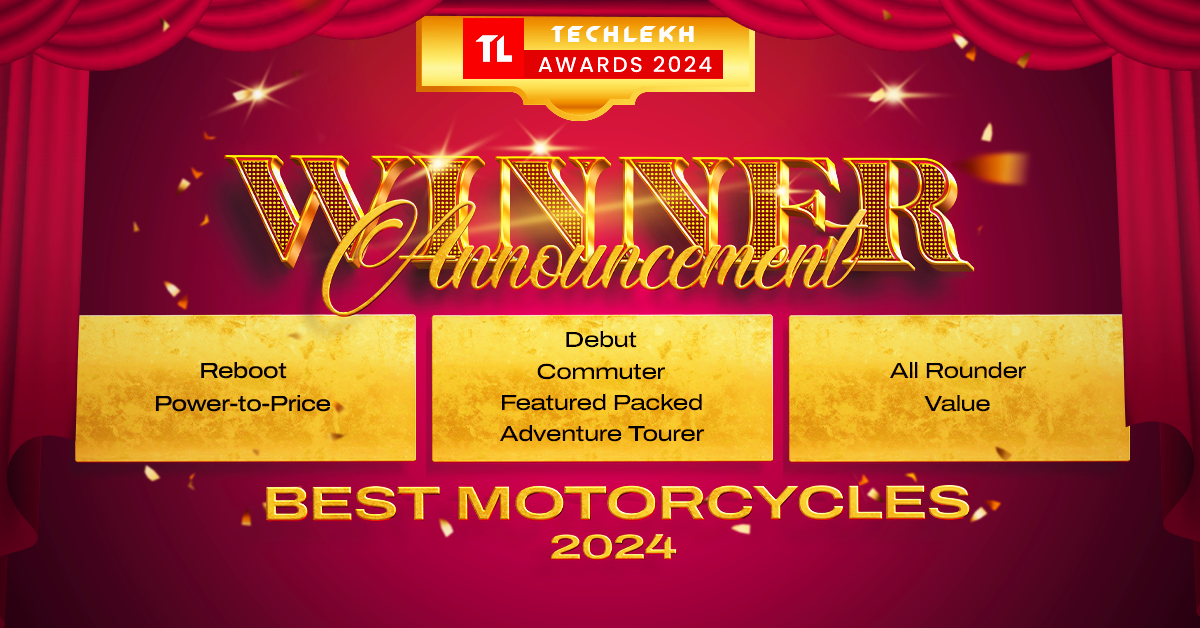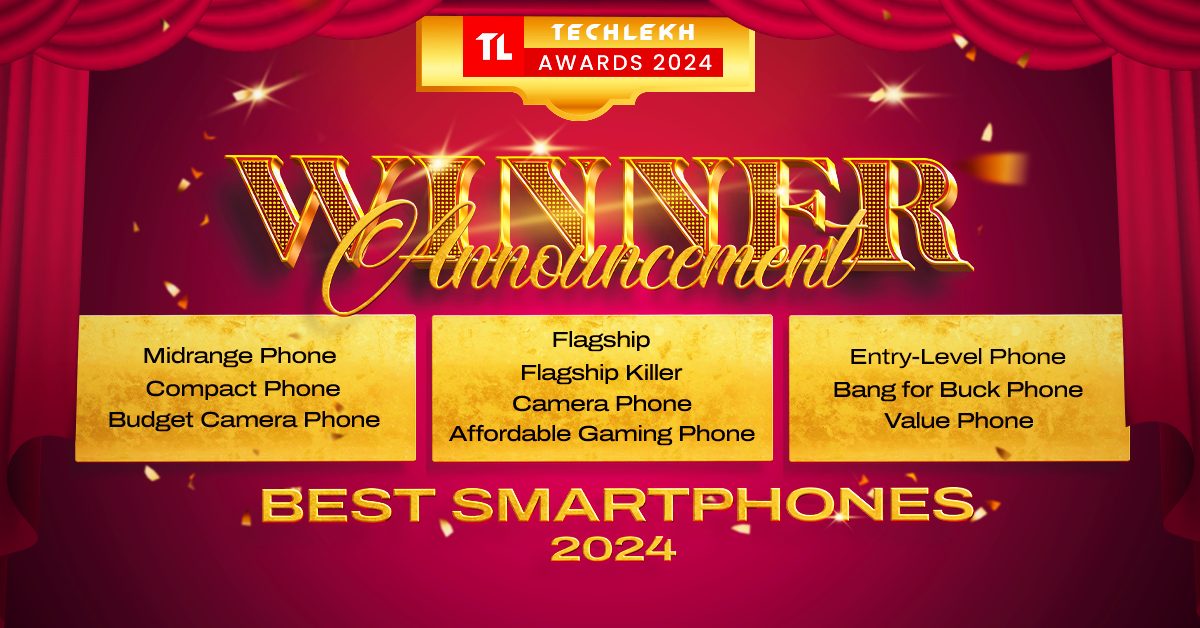Vivo S series made it to Nepal in August 2019 with the launch of Vivo S1. ‘S’ moniker denoting style, the S series was all about style and features packed into an affordable phone.
The Vivo S1 made a good impression with its AMOLED display, In-Display fingerprint scanner, decent performance, and good quad-camera setup. But is it’s Pro version as impressive as the S1? Find out in our review of the Vivo S1 Pro.
Vivo S1 Pro Review
Design
Vivo S1 Pro looks different than the Vivo S1, at least from the rear with its diamond-shaped camera module. The red accent on the camera module gives it more edge and makes it look unique.
The glass-like back of the Vivo S1 Pro has a glossy finish and surely looks premium but it catches smudges quite easily. Thus, you might want to use a case to keep it unscathed.
Albeit it looks different from the back, the Vivo S1 Pro looks familiar from the front side. It has the same 6.38 inches display with a waterdrop notch that houses a front camera. The side bezels and bottom chin are the same as that of the Vivo S1.
On the bottom, there’s a USB Type C Port, main speaker, and primary microphone whereas there is a 3.5mm headphone jack and a secondary microphone on top.
There’s uniformity in its design language as there’s a red-colored powered button that matches the accent used on the camera setup. The volume button is positioned just above the power button and on the opposite side, there’s a hybrid sim slot.
Vivo S1 Pro looks premium and feels like an expensive phone. Moreover, the red accent gives it an authentic and unique vibe.
Display
Vivo S1 Pro rocks a 6.38 inches AMOLED display with a screen resolution of 1080*2340 with a pixel density of 404 PPI. It’s the same display panel used on the Vivo S1.
The display is good, the brightness feels adequate. The color reproduction is not as popping as those of Samsung’s AMOLED display but it’s quite good.
You get 3 modes of screen color: Standard, Normal, and Bright. The bright mode is just a tad bit brighter than normal mode. You can also change the temperature of the display from normal to warm or cool according to your liking.
Performance
Vivo S1 Pro uses Snapdragon 665 chipset along with 8GB RAM and 128GB internal storage. The Snapdragon 665 chipset is not a great mid-range chipset, it’s just decent. Though its a new chipset, it runs on lower frequency than the Snapdragon 660. However, it uses a new GPU in the form of Adreno 610.
Compared to the Vivo S1, Vivo S1 used Mediatek’s Helio P65 chipset which runs on a higher frequency than Snapdragon 665. But, Snapdragon 665 is manufactured with an 11nm process which makes it more efficient than the Snapdragon 660 and the Helio P65.
In real life performance, the Vivo S1 pro is pretty smooth while using apps, switching between apps and normal browsing. Games also run pretty well but heavy games like PUBG, COD Mobile, and Asphalt 9 do not perform as smooth.
You can play PUBG on balanced settings with medium fps and the game runs good but it doesn’t feel very smooth as the game feels choppy.
Likewise, COD mobile runs smoother than the PUBG on high settings with high fps option. And at last, the Asphalt 9 also runs well, but it doesn’t feel smooth.
There’s Ultra Game Mode feature which helps for efficient and effective gaming. You can choose to block calls, notifications, and prefer high performance while gaming on the Vivo S1 Pro via this game mode. However, we didn’t find a significant performance boost in this mode.
Camera
Vivo S1 Pro has a quad-camera setup on the rear. There’s a 48MP main sensor, 8MP Utrawideangle sensor, 2MP Macro sensor, and a 2MP depth sensor.
Normal 12MP photos turn out quite nice. There are enough details and the dynamic range is pretty good too. The photos have slightly saturated colors and are usually have good exposure. However, photos may turn out overexposed in harsh lightings.
Low light photos are good. They are not super impressive but S1 Pro does a fine job even without night mode. The low-light photos could have been better if it had night mode.
S1 Pro can take 48MP photos as well and they are quite nice. The color is more accurate and natural. Photos have more detail but you won’t notice it on a first glance. However, the 48MP sensor does not get the HDR feature resulting in a much narrow dynamic range compared to the 12MP photos.
Vivo S1 Pro also has an 8MP ultrawide angle lens which does a decent job. The color is consistent with the main sensor and the sharpness is also enough. Ultrawide angle is great for capturing landscapes and is my favorite sensor among all.
Among 4 cameras, the 2MP macro lens is there to capture macro photos. The focusing distance is quite good and the photos look decent. But the macro photos do lack details.
The other 2MP sensor is a depth sensor but unfortunately, the portrait mode was not working. However, the AI could detect the person in frame and lets us enable bokeh. The photos in bokeh mode had good edge detection and background blur but the subject was not focused properly.
Talking about videos, it can capture up to 1080p 30fps and the results are not that impressive. The videos lack sharpness and the color looks dull with very little details. Plus, the stabilization is also not good at 1080p.
Moving on to from camera the 32MP selfie shooter takes good selfies. The detail level is decent with natural color and balanced exposure. HDR backlight feature helps to keep the backlight in control. It also has an option for portrait selfie but the portrait mode for the front camera was not working as well.
Software
Vivo S1 Pro has Android 9 Pie with Funtouch OS 9.2. Funtouch OS is one of the drawbacks of Vivo phones. The new updates have made it better but it still needs to improve to compete with the likes of Xiaomi’s MIUI and Samsung’s One UI.
The toggle options and notification drawer could be better. The settings page also looks cluttered and unmanaged. It should be more simple and intuitive.
Some of the exciting features include dynamic effect for the fingerprint unlock animation and face unlock animation. Other features include bike mode, digital wellbeing, and app clone.
Battery
Similar to Vivo S1, Vivo S1 Pro also rocks a 4500 mAh battery. It usually lasts for more than a day on average usage but it can also last almost 2 days if you use it moderately.
In case of charging, it has an 18W fast charger in the box that can charge it from 0 to 100 within 2 hours.
Biometrics
In terms of security, the Vivo S1 Pro has an in-display fingerprint sensor and a face unlock feature.
The in-display fingerprint sensor is fast and consistent. Likewise, the face unlock is also fast and consistent. The face unlock also works under dark lighting conditions. I was really impressed with its face unlock but of course, it is not as secured as the fingerprint sensor.
Conclusion
I was impressed with the Vivo S1 and I think the Vivo S1 Pro is quite similar to the Vivo S1. The design and build quality are impressive along with its AMOLED display. The camera seems to be improved and I like the daylight shots from the Vivo S1 pro.
The performance is just decent with the Snapdragon 665. I would have liked to see a Snapdragon 675 chipset and this would have made the S1 pro a truly pro device for the price.
So, the S1 Pro does improve on camera but the performance level does not reflect it as a truly pro device. For, Rs 34,990 it’s a good mid-ranger that gives you AMOLED display, decent performance, a good set of cameras, and an impressive battery. However, if you want more performance then you should look elsewhere.
-
TechLekh Awards – Best Bikes of 2024 in Nepal Winners!The electric boom in the automotive landscape has recently changed Nepal’s four-wheeler market with new…
-
TechLekh Awards – Best Cars of 2024 in Nepal Winners!In 2024, Nepal’s automobile market saw a game-changing surge in electric vehicles (EVs). From well-known…
-
TechLekh Awards – Best Scooters of 2024 in Nepal Winners!Scooters have taken a very vital role in Nepal’s modern automotive industry. It has pretty…
-
TechLekh Awards – Best Phones of 2024 in Nepal Winners!Smartphones have become indispensable in our daily lives, fundamentally transforming how we navigate the world.…
-
TVS Ronin 225 Now in Nepal – Free Riding Jacket & Helmet Offer!HIGHLIGHTS TVS Ronin 225 price in Nepal is Rs. 4.60 Lakhs. It is a modern…
-
Tata Tiago EV’s New Iteration Officially Launched in NepalHIGHLIGHTS Tata Tiago ev price in Nepal starts at Rs. 27.49 Lakhs to Rs. 29.99…
-
Tata Curvv.ev – Tata’s Flagship Electric Coupe Launched in Nepal!HIGHLIGHTS Tata Curvv.ev price in Nepal is Rs. 55.99 Lakhs. Curvv.ev is a flagship electric…
































